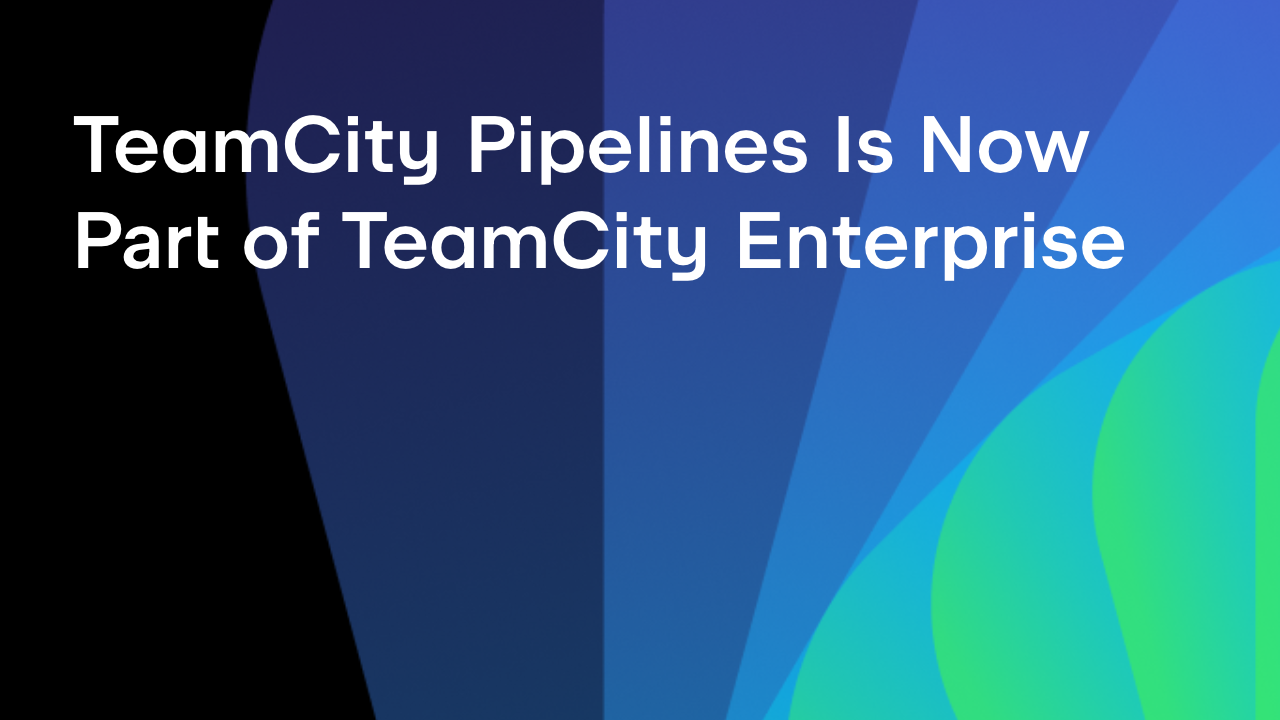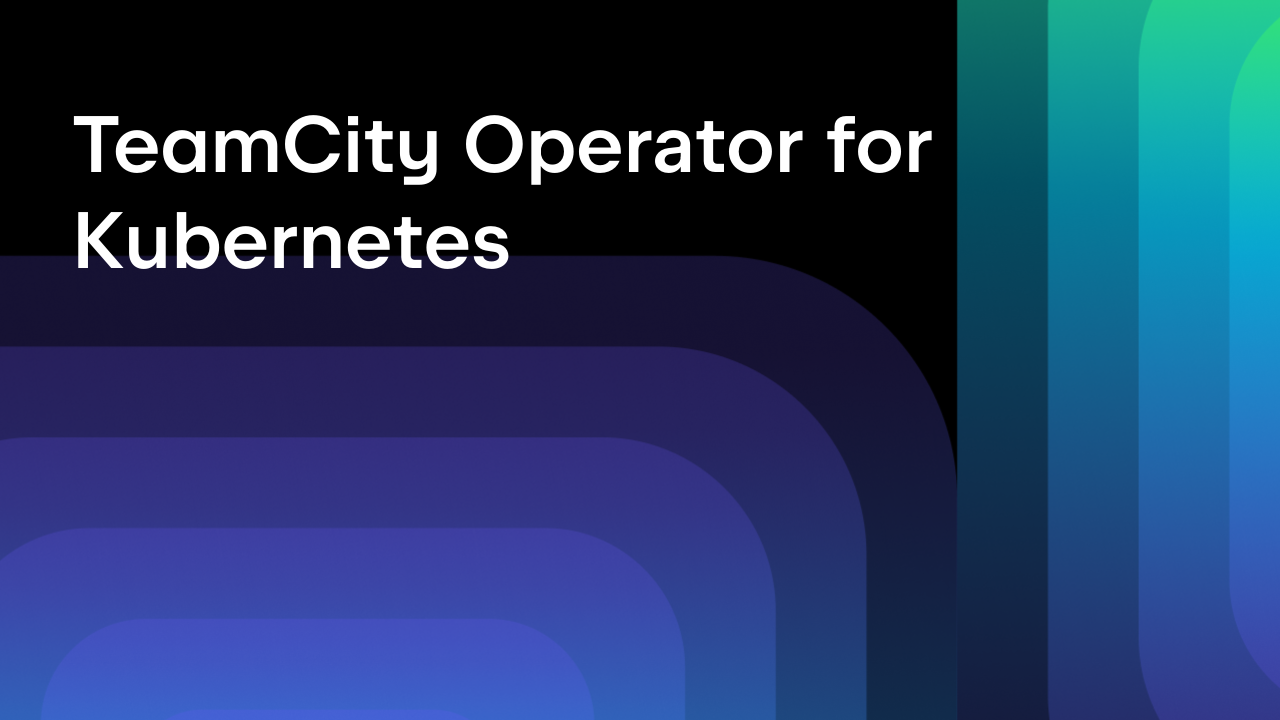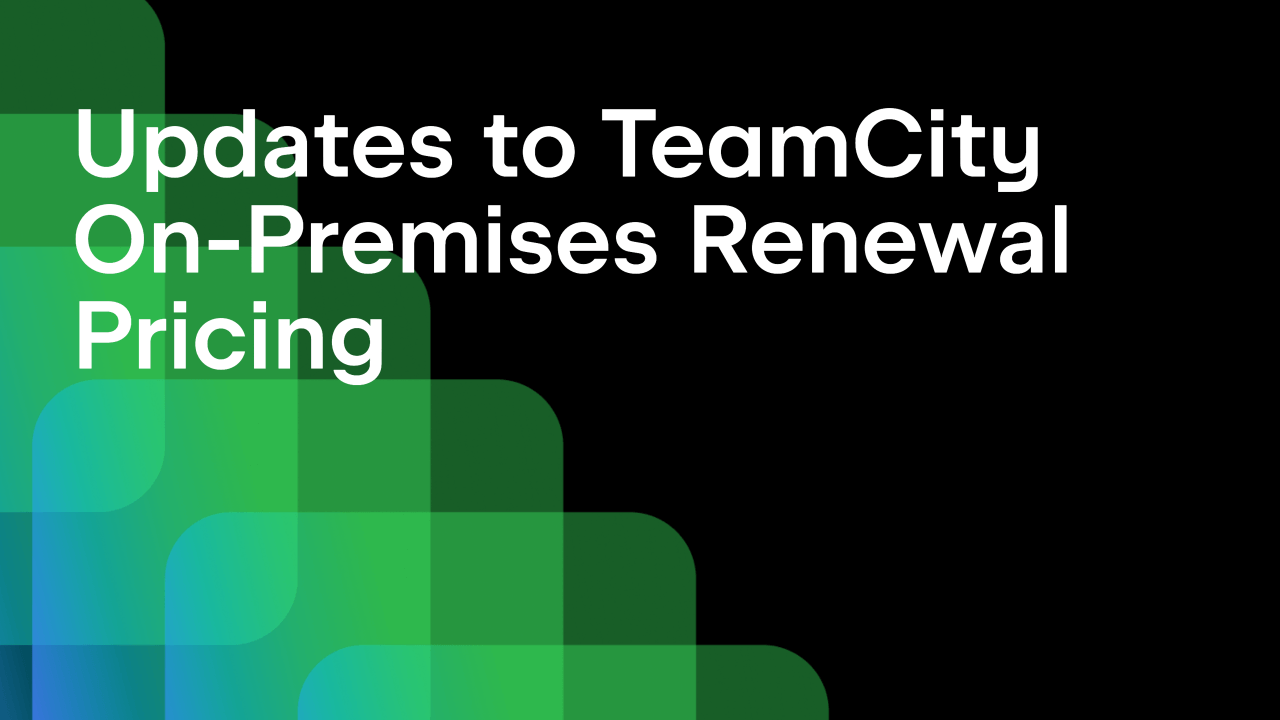TeamCity
Powerful CI/CD for DevOps-centric teams
News

TeamCity 6.0 Released!
On the first winter day we have some hot news for you – TeamCity 6.0 is finally here! No more teasing, no more waiting; it’s ready and available for download. If you follow our blog posts you are probably aware of the most significant features and improvement included into this version, however, I’d like to highlight them here one more time to give you the overall picture of what we have here for you.
So fasten your seat belts, because here goes the bird’s-eye view:
- Multiple Build Steps: Now any build configuration can be comprised of unlimited number of build steps, where each step is represented by a build runner. Don’t limit yourself, and combine as many build runners into one configuration as you need. Feel free to call a NAnt script before compiling VS solutions, run inspections and duplicates finder after your ANT build, add NUnit tests after your Rake build, and so on.
- Improved Upgrade Procedure: We have reworked the upgrade procedure to make it more explicit and smooth. Now you’ll always know what exactly is going on, when the data conversion is required and why.
- Gradle Support: TeamCity 6.0 brings full-fledged support for Gradle by means of the dedicated build runner, which furthermore includes IntelliJ IDEA’s code coverage.
- Maven3 support: TeamCity 6.0 dedicated Maven support is now fully compatible with Maven 3.0.
- IntelliJ IDEA Project Build Runner: New runner for IntelliJ IDEA projects which is able of producing J2EE artifacts (war, ear), GWT artifacts, running tests using IntelliJ IDEA shared run configurations, and much more.
- Rake Runner Improvements: Rake runner now supports Bundler and RVM.
- New My Changes page: TeamCity 6.0 introduces conceptually new approach to working with your changes. We have implemented some radical changes in order to improve usability and navigability of the My Changes page, plus we have greatly improved its performance.
- JetBrains dotCover Integration: dotCover engine is bundled with TeamCity and available as a choice for coverage right next to NCover and PartCover.
- “Tree View” on the build log: It is now easier to identify long stages in your build and analyze them, because the build log of a finished build is now shown as an hierarchy of messages.
- Build Priorities: From now on, system administrators have better control over the Build Queue. Use Priority Classes to manage which builds should be placed higher in the queue, and which should be put to the bottom.
To be honest there’s so much more in this release, it’s quite hard to cover all features and improvements in one blog post, so just take a look at the release notes.
Happy building!
Subscribe to TeamCity Blog updates







